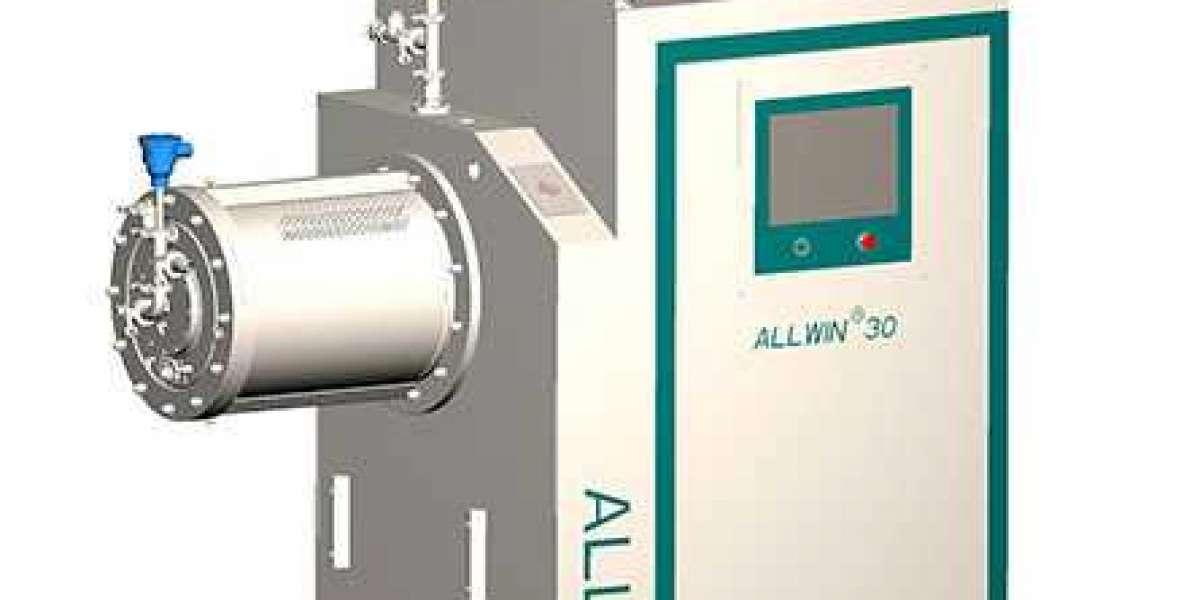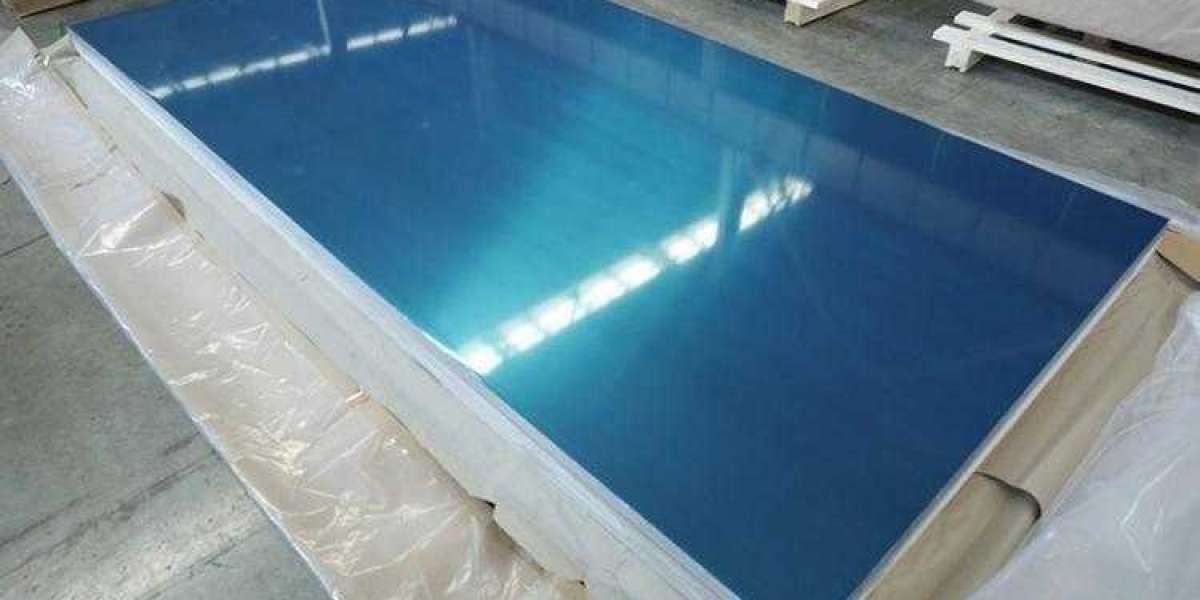Bead mill is used throughout a variety of industries and serves a fascinating assortment of purposes. Operating on the principle of impact and attrition, these efficient devices are particularly popular in the field of mineral dressing. Before using a ball mill to grind and/or blend materials, you’ll need to select a suitable grinding media. The exact media you’ll need varies depending on the materials you’re working with, so if you’re relatively new to bead mill, it pays to become acquainted with some of the most popular types of grinding media.
Alumina Oxide Balls
In recent years, alumina oxide balls have risen to prominence in the world of ball milling. Their enviable degree of abrasion and corrosion resistance and ability to withstand incredibly high temperatures has made these balls one of the most sought-after varieties of grinding media.
Porcelain Balls
Porcelain balls are arguably the most popular type of grinding media — and for good reason! Because of their incredible density, porcelain balls seldom incur chips or cracks during the grinding process. Although they tend to be a little pricier than many of their contemporaries, the amount of use you’ll get out of porcelain balls is well worth the additional expense.
Flint Pebbles
Despite being the oldest variety of grinding media, flint pebbles continue to be extremely popular. While not quite as durable as porcelain balls, these resilient little pebbles can be used in conjunction with most types of linings and are affordable on even the tightest budget. Additionally, flint pebbles are renowned for their consistently low rate of material contamination.
Even the highest-quality ball mill is only as good as its grinding media. That being the case, make sure to do your homework before selecting the proper media for each job you undertake. Choosing grinding media that’s ill-suited to the materials you’re working with can damage your mill and result in wasted materials.



